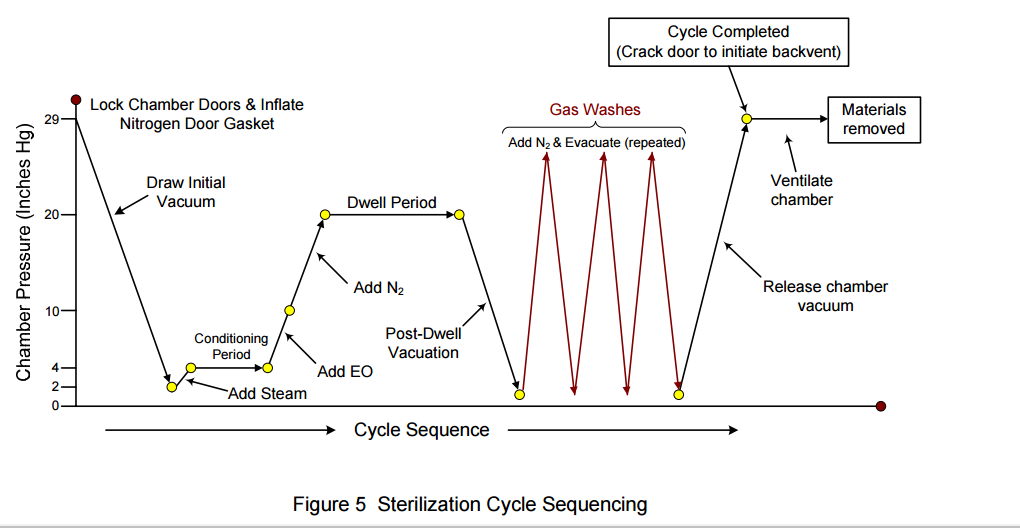How does ethylene oxide sterilization work?
1 Answer
Ethylene oxide and formaldehyde are both broad spectrum
alkylating agents. As alkylating agents, they attack proteins, nucleic acids, and other organic compounds; both are particularly reactive with sulfhydryl and other enzyme-reactive groups.
Explanation:
Ethylene oxide and formaldehyde are both broadspectrum
alkylating agents. As alkylating agents, they attack proteins, nucleic acids, and other organic compounds; both are particularly reactive with sulfhydryl and other enzyme-reactive groups.
Ethylene oxide treatment is generally carried out between 30 °C and 60 °C with relative humidity above 30% and a gas concentration between 200 and 800 mg/l. Typically, the process lasts for several hours. Ethylene oxide is highly effective, as it penetrates all porous materials, and it can penetrate through some plastic materials and films. Ethylene oxide kills all known microorganisms such as bacteria (including spores), viruses, and fungi (including yeasts and molds), and is compatible with almost all materials even when repeatedly applied.

[1] Antiseptics and Disinfectants: Activity, Action, and Resistance Gerald McDonnell, and A. Denver Russell
http://www.ncbi.nlm.nih.gov/pmc/articles/PMC88911/pdf/cm000147.pdf
http://www.ncbi.nlm.nih.gov/pmc/articles/PMC88911/
[2] U.S. CHEMICAL SAFETY AND HAZARD INVESTIGATION BOARD INVESTIGATION REPORT REPORT NO. 2004-11-I-CA STERIGENICS http://www.csb.gov/assets/1/19/Sterigenics_Report.pdf
[3] https://en.wikipedia.org/wiki/Sterilization_(microbiology)#Ethylene_oxide

